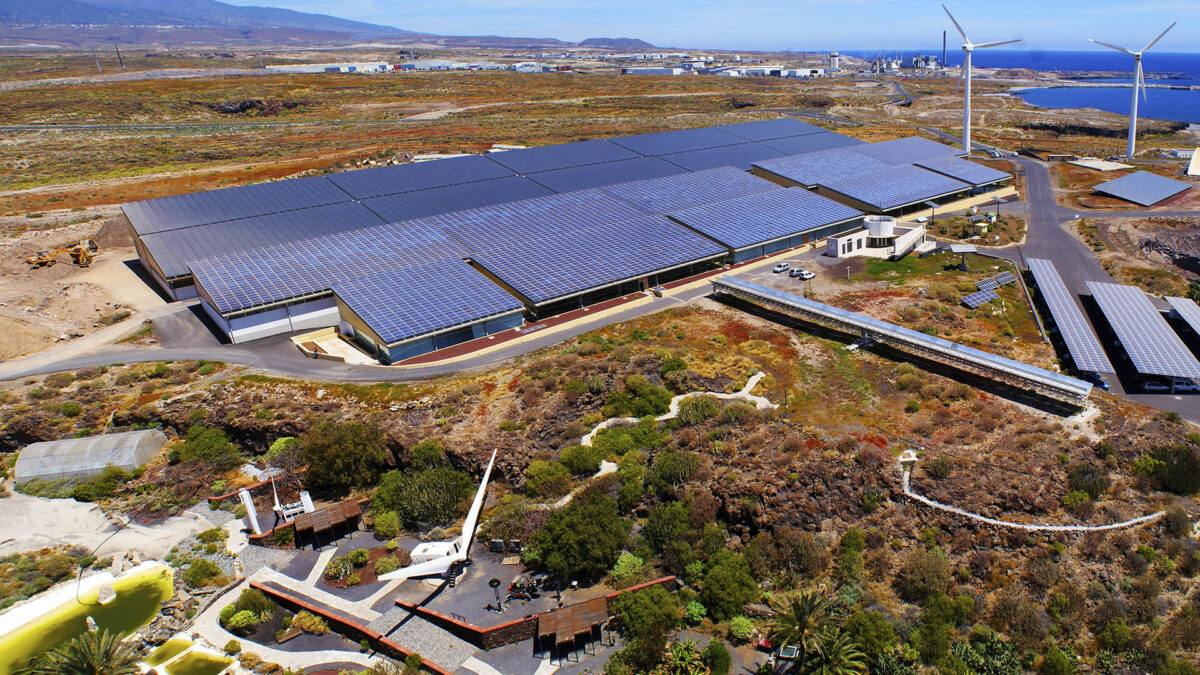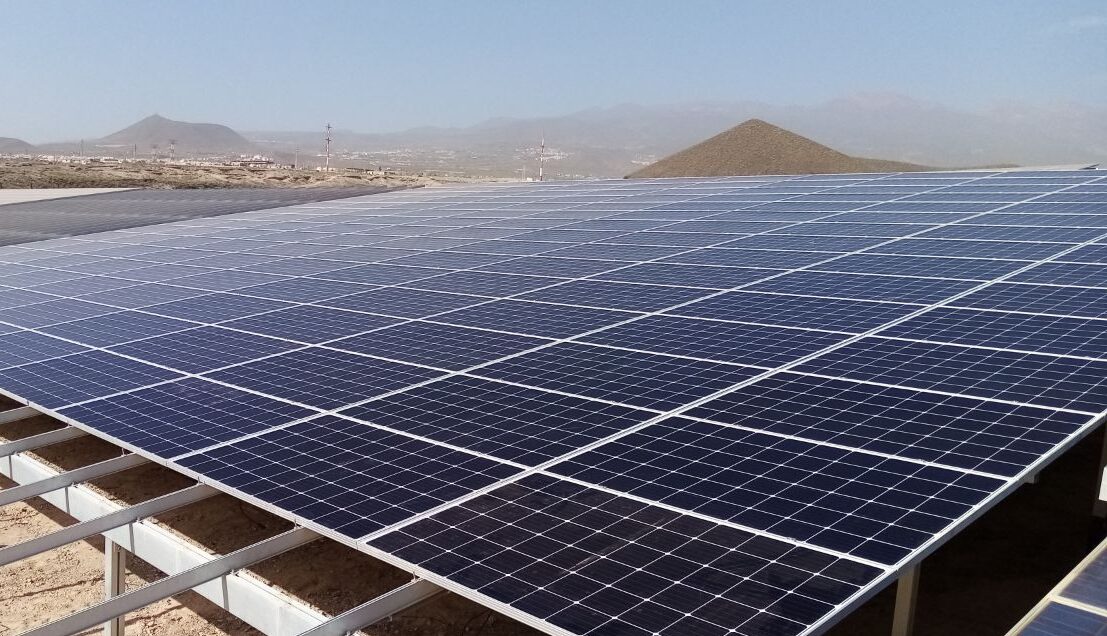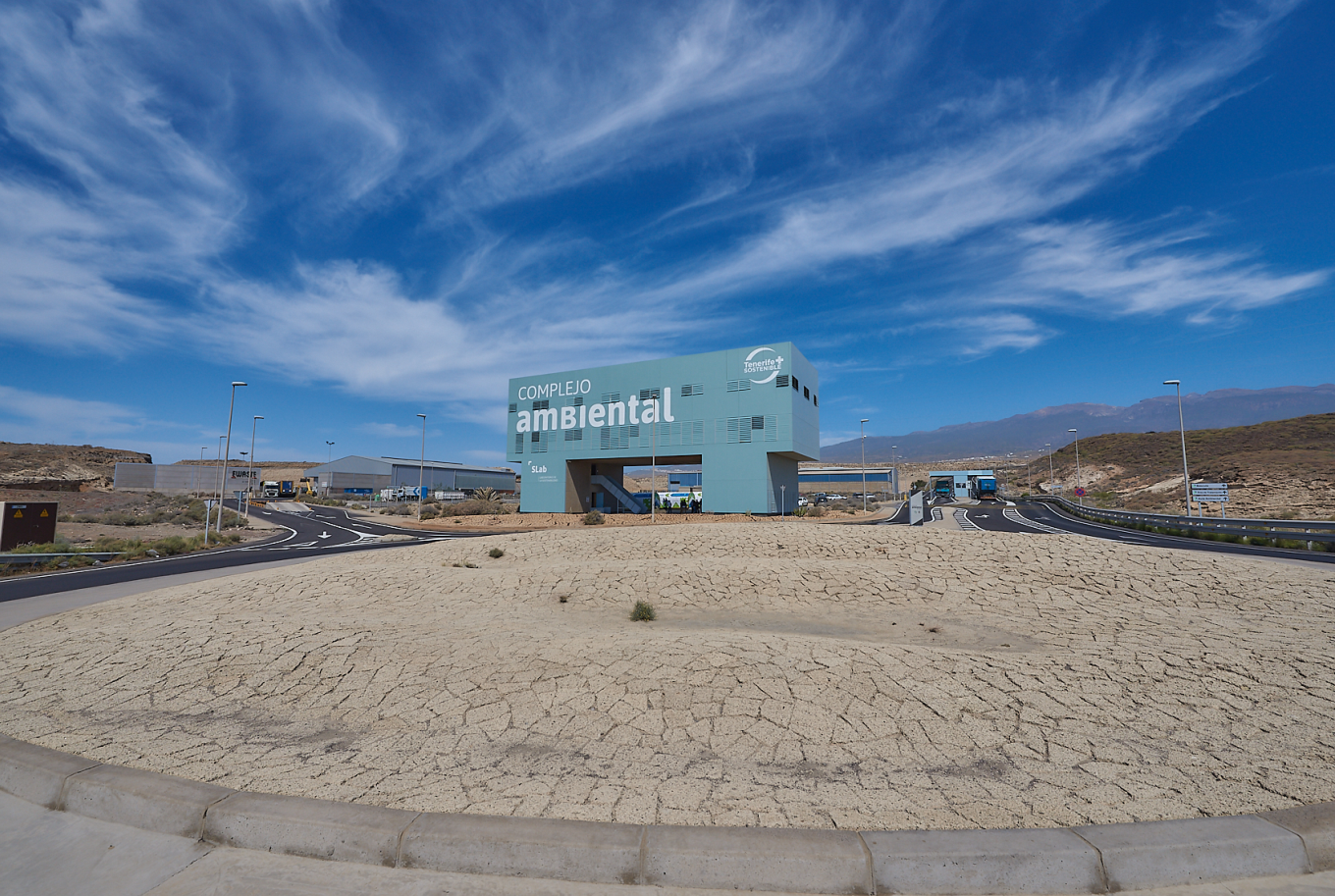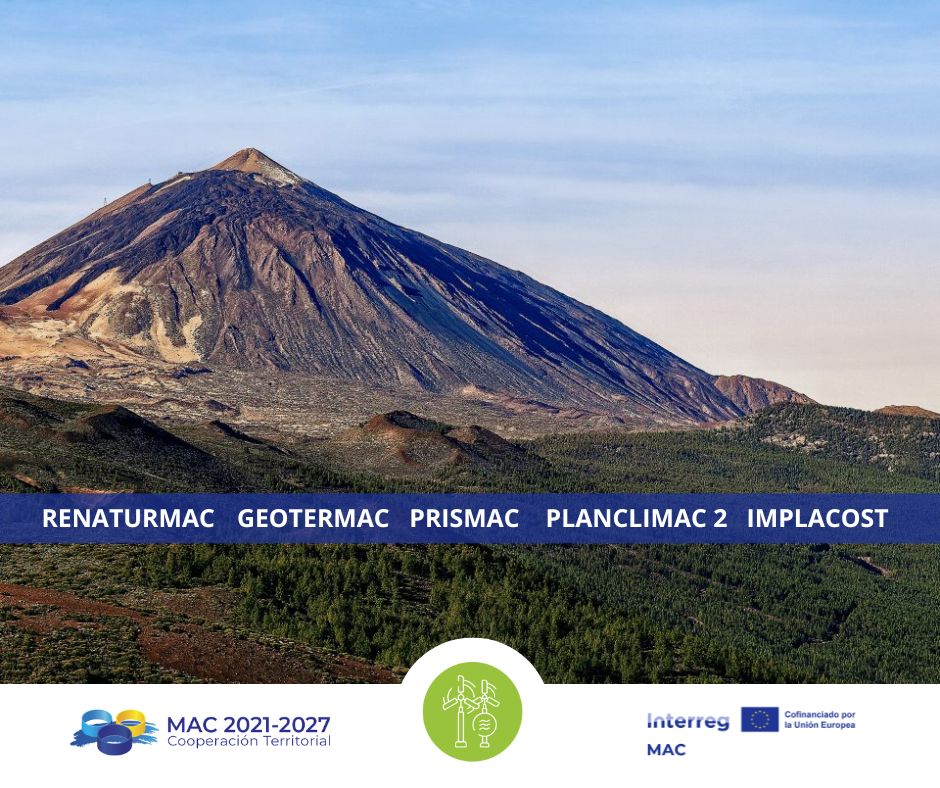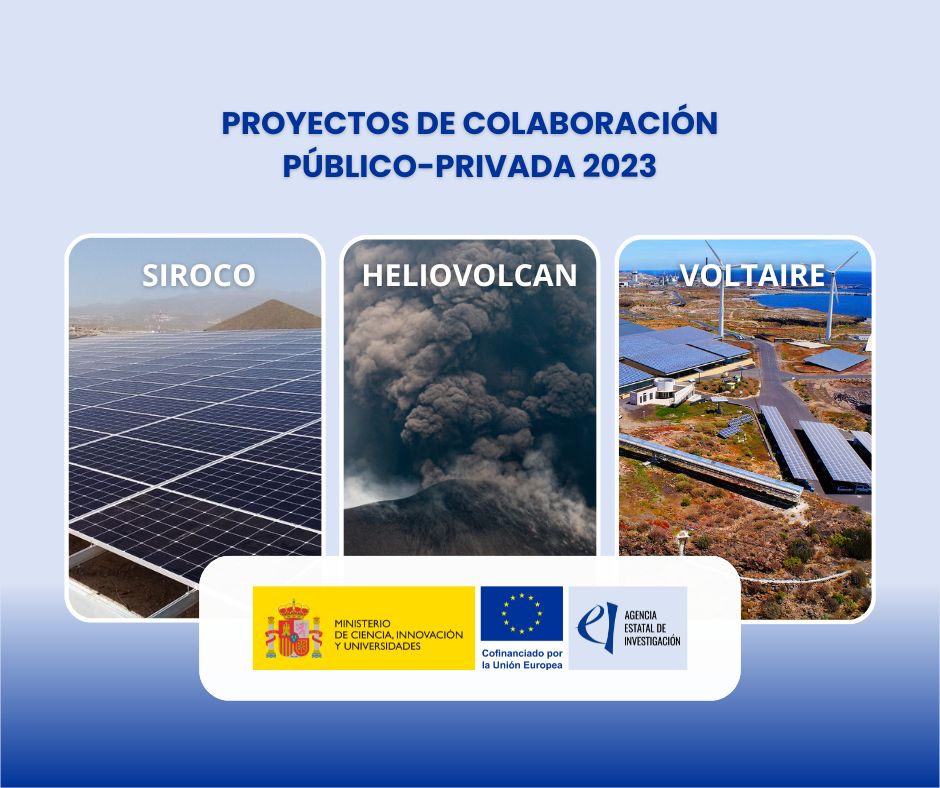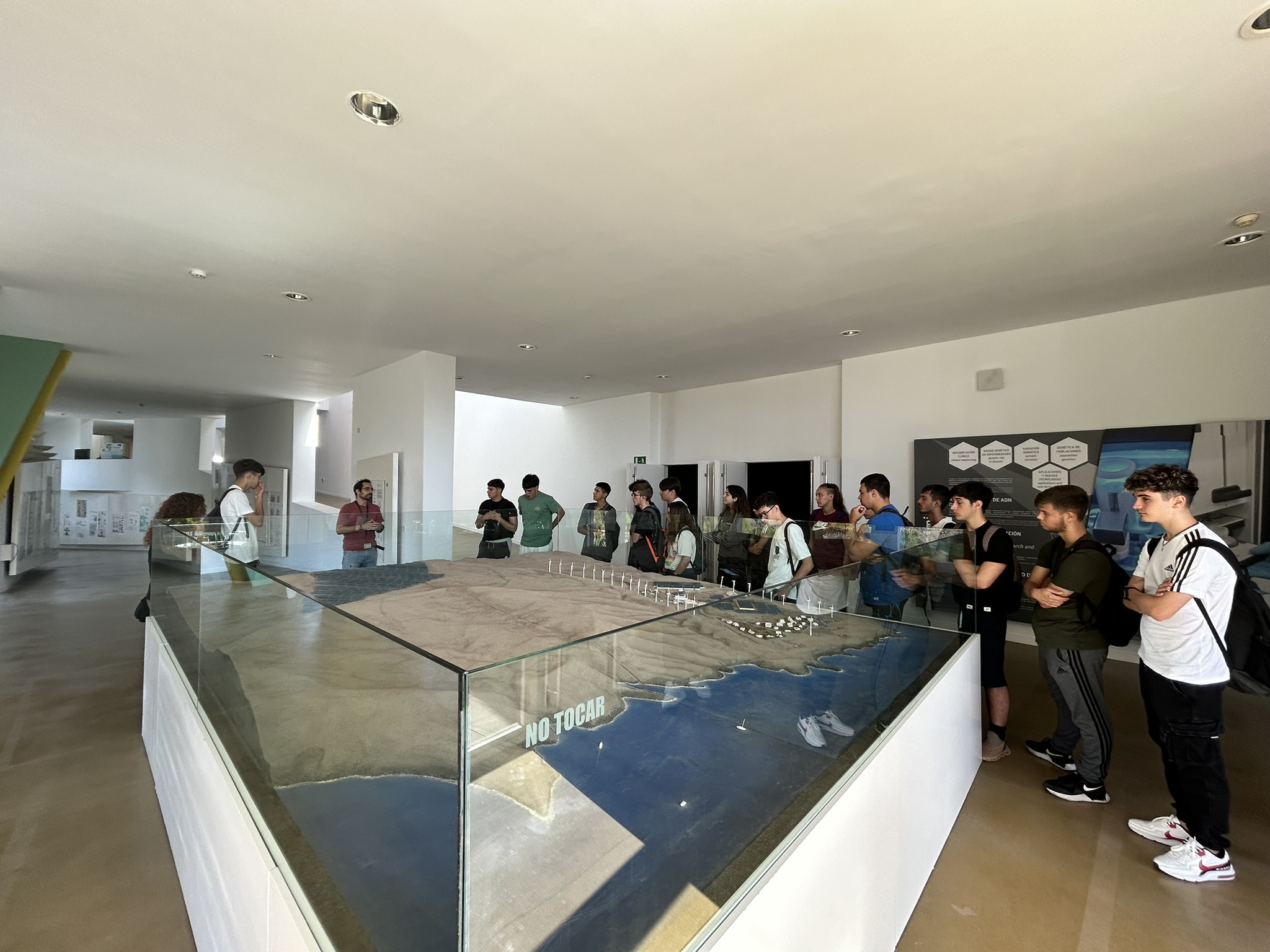To date, the deposition of metalic contacts in third-generation cells has been performed using thermal evaporation techniques. However, this type of technology introduces a substantial cost burden in the manufacturing chain. Therefore, to enable commercial-scale production of this type of device, it is necessary to evaluate the introduction of alternative metallization techniques, readily scalable and capable of reducing the inherent fabrication costs. One suchtechniques is screen-printing metallization.
The Solar Cell Laboratory of the Instituto Tecnológico y de Energías Renovables has been researching this type of metallization since 2015, initially performing experiments with various commercial pastes, such as silver and aluminum pastes, conventionally utilized in the metallization of crystalline silicon solar cells, as well as silver inks, commonly employed in the production of electrical contacts on plastic substrates. Currently, efforts are focused on the investigation of inks formulated from graphite powders, epoxy resin, and anhydride solvents, due to their low cost and processing temperatures.
The research and development work framed within this project has enabled the laboratory to present its results in various forums, through its participation in outreach conferences and by publishing its articles.
- Technical and Technology Magazine. October 2016. Development of Conductive Inks for Perovskite Solar Cell Screen-Printing Metallization. Review of the Advances of the ‘SiCellab’ Photovoltaic Laboratory in the Field of Conductive Ink Development for Third-Generation Cells. [Link]
- Conductive inks with epoxy resin based vehicles for perovskite screen printing metallization. Evaluates various inks prepared from graphite powders, epoxy resin, and anhydrous solvents, for deposition by the ‘Screen printing’ technique. [Local] [EUPVSEC]
- Screen printing for Perovskite solar cells metallization. Contributes new advances in metallization processes from silver pastes and inks through the Screen printing deposition method. [Local] [EUPVSEC]
- Conductive inks with epoxy resin based vehicles for perovskite screen printing metallization as a viable and low-cost alternative to thermal evaporation. This paper presents the latest advancements in the research carried out by the ITER photovoltaic cell laboratory (SiCelLab) to develop inks for the metallization of substrates using the screen-printing technique. These inks utilize vehicles composed of epoxy resins and non-polar anhydrous solvents, and are employed to metallize solar cells based on perovskite thin films.[Local] [EUPVSEC]




